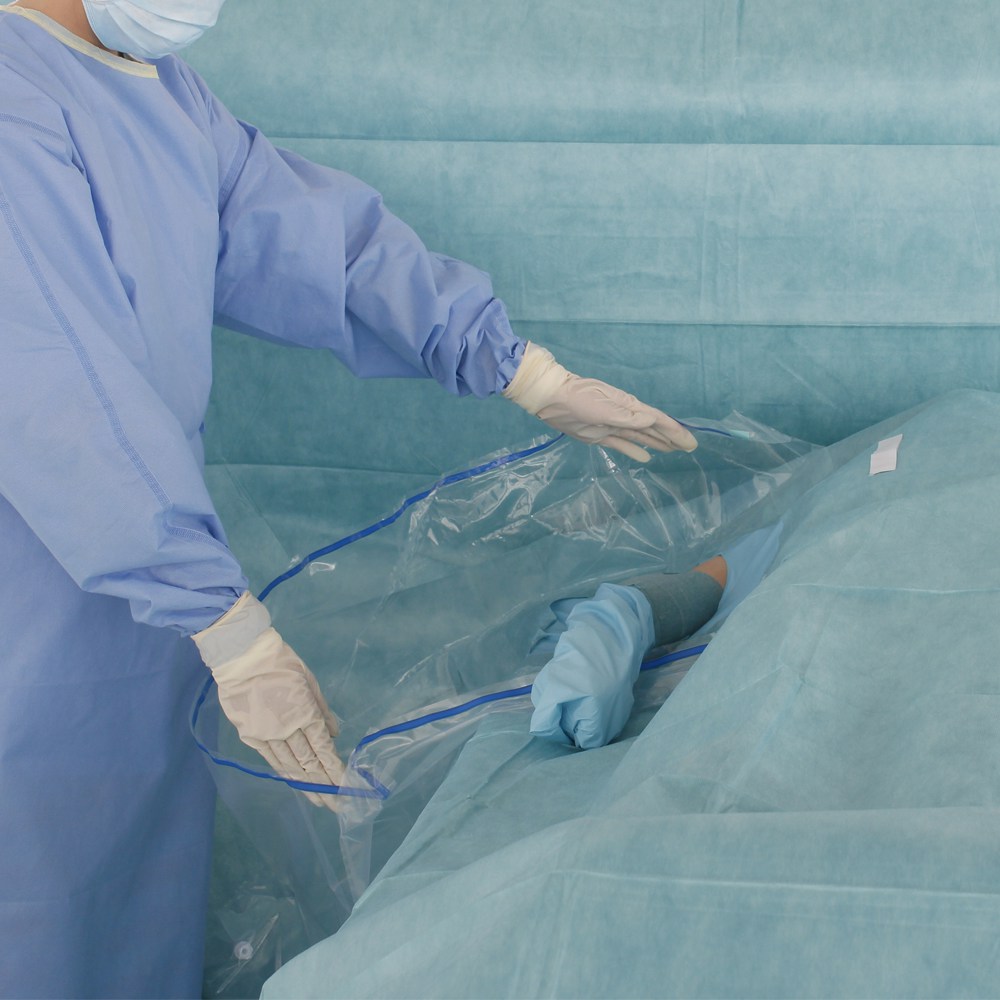18/10/2022
ByWinner Medical
 19224
19224
 Event
Event
Sterile draping (also called sterile cover) is a technique for covering the body of an individual to prevent the spread of blood or other fluids during surgery. This is done by covering the entire body with Sterile Draping that allow air and fluid movements but prevent direct contact with skin-to-skin surfaces.

What is Sterile Draping?
Sterile draping is a process that helps to prevent the spread of infection. When sterile draping is used, it helps to create a barrier between patients and any potential sources of infection. This can prevent the spread of infection and improve patient safety.
Why sterile drape should be used
Sterile drapes should be used when dealing with any type of infection. Sterile draping helps to prevent the spread of infection, and it also helps to protect the patient from potential contamination. There are a few reasons why sterile draping should be used in medical settings:
1. Sterility: One of the most important reasons for using sterile draping is its sterility. Sterile draping is made from materials that have been sanitized and are free of any potential contaminants. This means that even if something goes wrong during the procedure, there is little chance of the infection spreading.
2. Protection: Sterile draping also protects the patient from potential contamination. Sterile draping can help to reduce the risk of contamination by preventing the spread of any material that may be on the patient’s skin or clothing from entering the wound area. This includes bacteria and other contaminants that may be on the patient’s skin or clothing. By using this type of protection, patients are less likely to catch any type of infection while undergoing treatment. This can help to avoid serious health complications down the line.
3. It reduces the risk of cross-infection. Sterile draping can also help to reduce the risk of cross-infection by helping to keep the wound area clean and free from any materials that could potentially spread infection. Cross-infection occurs when one person gets an infection from another person
4. Sterile draping protects patients from infectious complications. By using sterile drapes, doctors and nurses can reduce the chances of transmitting pathogens to patients. This can help to prevent serious infections, such as pneumonia.
5. Sterile draping helps to maintain a clean environment in the hospital. By using sterile drapes, healthcare workers can keep the floors and walls clean. This can help to reduce the chances of spreading infection throughout the facility.
6. Prevention: Finally, using sterile draping helps to prevent the spread of infection in the first place. By preventing the spread of infection, we can limit the amount of damage that can be done to the patient.
Tips for better sterile draping
When it comes to sterile draping, there are a few things you should keep in mind. First and foremost, make sure that the drape is tight enough to prevent air from being breathed in and to stop any contaminants from entering the patient’s body. Next, make sure that the drape is clean and free of all oils or other contaminants. Finally, be sure to use aseptic techniques when handling the drape and the patient, to reduce the chances of introducing any infections into the procedure.